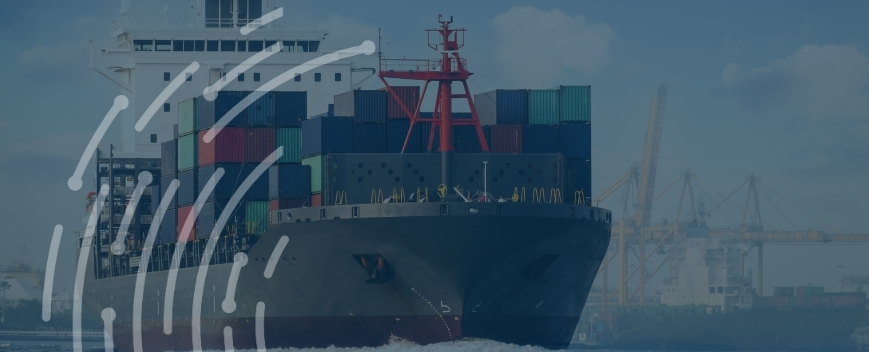Air Cargo Manifest

Access trade, receivables and supply chain finance
We assist companies to access trade and receivables finance through our relationships with 270+ banks, funds and alternative finance houses.
Get StartedContents
An air cargo manifest is a document used in the air freight industry to list and describe all items loaded onto an aircraft. It serves several key purposes.
What is the purpose of Air Cargo Manifest?
A cargo flight manifest serves various essential purposes in the air freight industry, including:
1. Identifying cargo: The manifest provides a comprehensive list of all items or goods loaded onto the aircraft. It facilitates clear identification, detailing descriptions, quantities, and types of goods.
2. Regulatory compliance: This document is crucial for regulatory adherence, offering evidence that transported items comply with relevant laws, including safety and security regulations. It can also serve as a declaration of cargo content, value, and destination, aiding in customs compliance.
3. Planning and management: Airline staff rely on the manifest for effective loading and unloading of goods. It guides them to the specific location of items and assists in planning for weight distribution and balance, ensuring safe aircraft operation.
4. Tracking and accountability: Cargo manifests contribute to supply chain tracking. If discrepancies or issues arise, they help pinpoint when and where problems occurred, facilitating accountability.
5. Insurance and liability: In the unfortunate event of accidents, damage, or loss, the manifest serves as a record of the aircraft’s cargo. This record is vital for insurance claims and determining liability.
Source: ICC DSI
What are the legal considerations?
1. Customs and border protection: Many countries require manifests for customs processing of imports and exports. This aids in enforcing trade laws, tariff collection, and preventing prohibited item transport. The Revised Kyoto Convention (RKC) provides definition of “cargo declaration” and outlines that the carrier shall be held responsible to the Customs for ensuring that all goods are included in the cargo declaration or are brought to the attention of the Customs in another authorised manner.
2. Transportation safety regulations: Air transport safety is governed by international and national organisations such as the Federal Aviation Administration (FAA) in the US and European Aviation Safety Agency (EASA) in Europe. Manifests help ensure compliance with rules on weight distribution, hazardous materials, and more.
3. International trade law: When transporting goods between countries, manifests demonstrate adherence to international trade agreements, including tariff regulations, trade restrictions, and treaties.
4. Liability and insurance: In cases of loss, damage, or disputes, manifests serve as cargo records. They are valuable in legal proceedings related to insurance claims, liability determinations, and contract disputes.
5. Security and anti-terrorism laws: Many jurisdictions mandate cargo information submission to security agencies before flights to combat smuggling, illegal immigration, and terrorism. Manifests play a key role in meeting these requirements. Inaccurate, incomplete, or fraudulent manifests may result in severe legal penalties, such as fines, goods seizure, license revocation, or criminal charges. Consequently, proper manifest preparation and handling are critical legal concerns for airlines and freight carriers.
Source: ICC DSI
What platforms are flight manifest transmitted in?
Flight manifests are transmitted in various formats, depending on stakeholders’ needs and capabilities:
1. IATA Cargo Interchange Message Procedures (IMP) or Cargo Extensible Markup Language (XML) Electronic Data Interchange (EDI) systems
2. Application Programming Interface (API) where airlines and partners have such capabilities
3. E-mail or web portals when better means are not available
4. Paper documents in regions with less advanced infrastructure
Since 2018, IATA has been introducing the ONE Record data sharing standard. It aims to replace messaging standards and platforms with a data-centric standard that retains data at its source. This standard creates transport records by linking necessary data for documents like flight manifests to distributed data sources, making air transport data platform-independent.
Source: ICC DSI
- All Topics
- Key Terms
- Incoterms Resources
- Podcasts
- Videos
- Conferences















